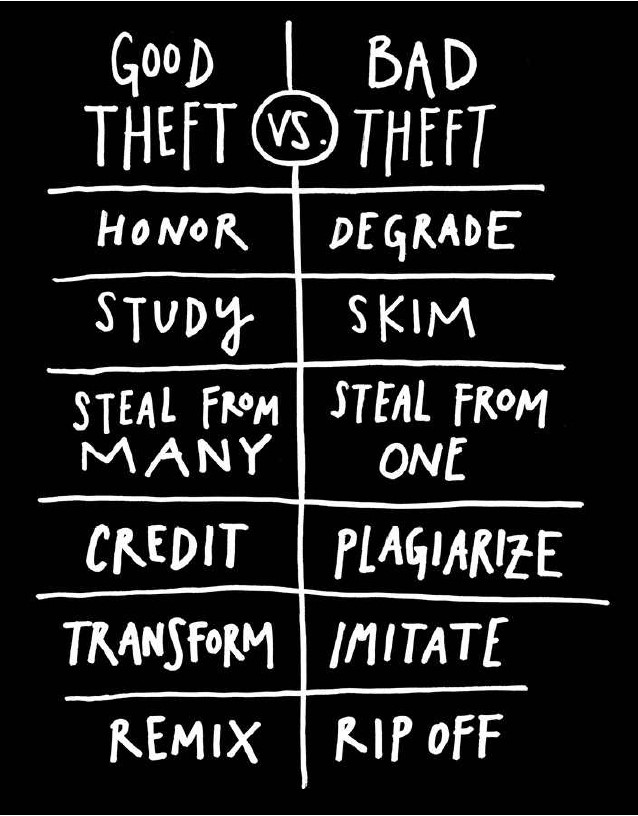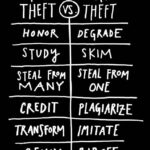The World Is Full Of Cloners
The Art of Cloning: How Adaptation Drives Success in Life
By Iddi Yunus
Category: Life & Success | Inspiration & Growth
Introduction: Rethinking Success Through the Lens of Cloning
To be successful in life, one must learn the art of cloning—not in the biological or scientific sense, but in the creative and intellectual sense. Cloning here means the ability to replicate, adapt, and refine ideas, behaviors, or systems that have already proven successful.
Those who master this art can reproduce a plethora of results drawn from the experiences of others and still reap immense benefits—whether financial, personal, or professional. The world we live in today has been propelled forward not just by original thinkers, but by creative cloners—people who’ve perfected the ability to take the ordinary and, through insight and improvement, turn it into the extraordinary.
From Da Vinci’s Vision to Modern Innovation
Centuries ago, brilliant minds like Leonardo da Vinci were pioneers of imagination. He sketched inventions like flying machines and submarines long before their time—pure original thought that changed humanity’s trajectory. Yet, in today’s era, one doesn’t need to be a Da Vinci to stand out.
Modern success often stems not from invention, but from improvement. Many of the world’s most successful people and companies didn’t reinvent the wheel—they simply made it spin smoother, faster, and farther.
Think about it:
-
Apple didn’t invent the smartphone—it refined it.
-
Tesla didn’t invent the electric car—it reimagined its performance and appeal.
-
Netflix didn’t invent entertainment—it reinvented how we consume it.
Each of these successes was built on the art of intelligent cloning: observing what works, identifying what doesn’t, and elevating it to new heights.
Cloning as the Engine of Progress
The philosophy behind cloning invites us to see the world as an ever-evolving laboratory. Every object, idea, or system has infinite versions waiting to be discovered. Improvement never ends—it’s a continuous loop of testing, learning, and enhancing.
When you adopt this perspective, you begin to see potential everywhere:
-
A student may clone the study methods of top achievers and adapt them to their own strengths.
-
An entrepreneur might observe successful business models and reshape them for a new market.
-
A writer or artist could draw inspiration from existing works and transform them with a personal touch.
Cloning, in this context, is not stealing—it’s strategic borrowing with transformation. It is evolution through intelligent adaptation.
Why Some Thrive and Others Despair
Not everyone thrives in a world built on replication and innovation. The difference lies in mindset.
Those who despair often believe success requires complete originality. They wait for a perfect, unique idea that may never come. This belief paralyzes creativity and breeds frustration.
Thrivers, on the other hand, understand that originality often emerges through adaptation. They see the world as a collection of open blueprints—ready to be studied, improved, and reimagined. They learn from mentors, models, and even competitors, then add their own unique fingerprint.
This adaptive mindset turns every failure into feedback and every obstacle into opportunity.
The Balance Between Originality and Adaptation
True mastery lies in balance. Blind imitation leads to stagnation, but thoughtful adaptation leads to innovation. You must learn to clone the essence, not the appearance.
For example:
-
Don’t just copy a successful entrepreneur’s business—study their discipline, risk-taking, and resilience.
-
Don’t mimic a role model’s lifestyle—adopt their principles, not their possessions.
-
Don’t replicate a company’s branding—understand their core message and how it resonates with people.
When you clone the foundation and enhance it with your flavor, that’s where originality truly begins.
How to Master the Art of Cloning
Here are a few ways to cultivate this powerful skill:
-
Observe Intelligently
Study patterns of success. Analyze what makes certain ideas thrive. Observation is the first step to innovation. -
Deconstruct and Rebuild
Break down what works into its basic elements—then rebuild it with your perspective. -
Add Personal Value
Always infuse your cloned idea with your personality, experience, or local context. This is what turns imitation into creation. -
Iterate Relentlessly
Improvement never stops. Every new version teaches you something. Keep refining until your creation stands apart. -
Acknowledge the Source
Great innovators give credit where it’s due. Honoring your inspiration doesn’t weaken your creation—it strengthens your credibility.
Living the Cloning Philosophy
This philosophy extends beyond business or creativity—it’s a life strategy.
In personal development, cloning successful habits—like discipline, gratitude, or consistency—can dramatically improve your life. By replicating the routines of achievers and customizing them to your context, you clone success patterns that compound over time.
Even in relationships or community building, observing positive behaviors and modeling them creates harmony and growth.
Life, when viewed through this lens, becomes an endless workshop of constructive cloning—where improvement, not perfection, is the goal.
Conclusion: The Power of Adaptive Genius
The world doesn’t always reward those who start from zero—it rewards those who can see beyond what already exists. The art of cloning teaches us that success isn’t about creating something entirely new, but about making what exists better, smarter, and more meaningful.
By learning from others, reimagining their ideas, and applying your unique insight, you participate in the grand cycle of progress that has moved humanity forward for centuries.
In the words of Isaac Newton, “If I have seen further, it is by standing on the shoulders of giants.”
Master the art of cloning—and you’ll discover that the path to success is not about inventing everything anew, but about transforming the familiar into something extraordinary.












